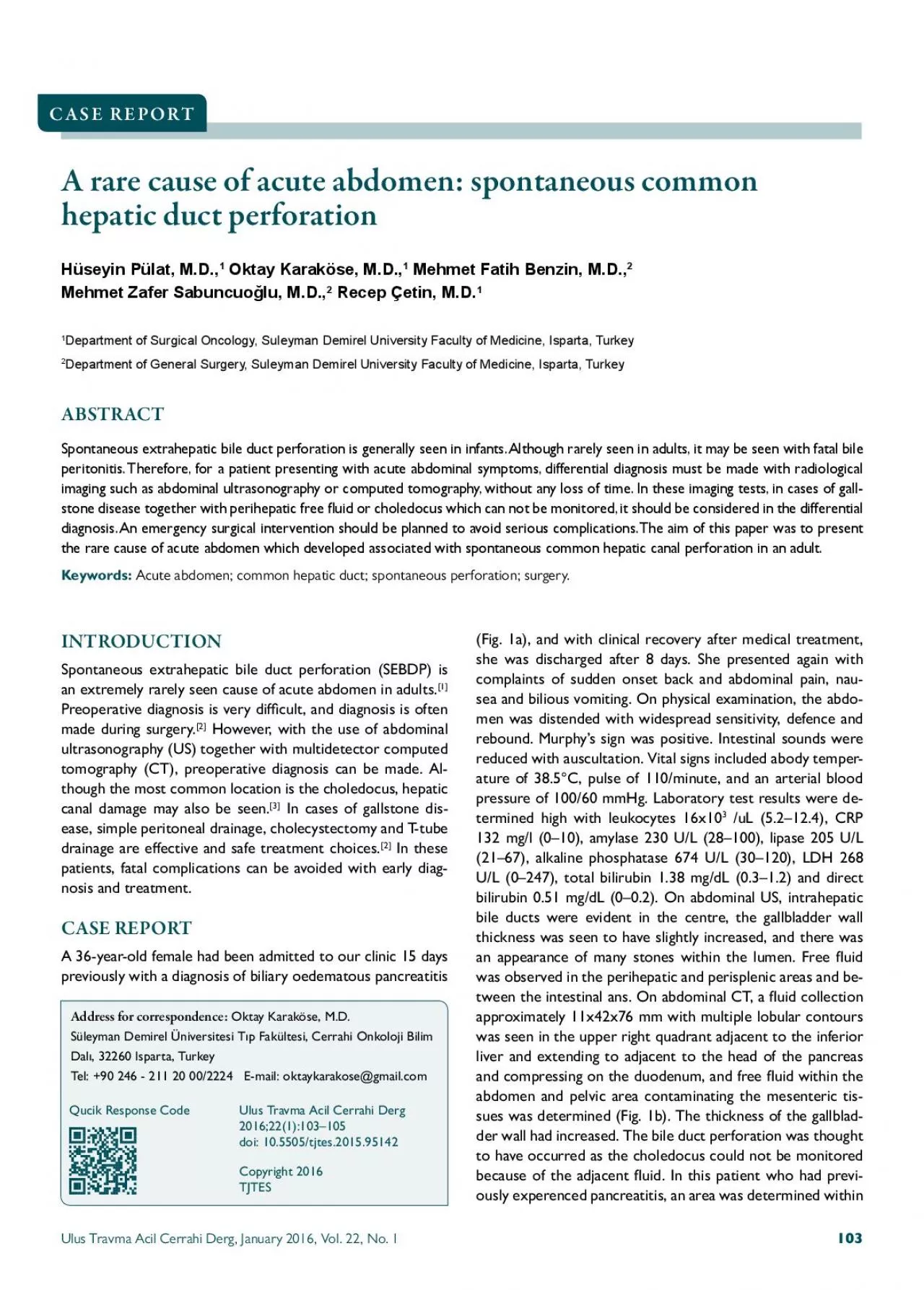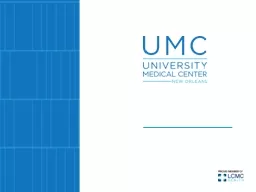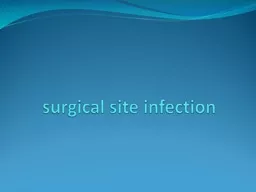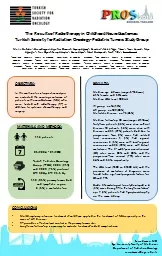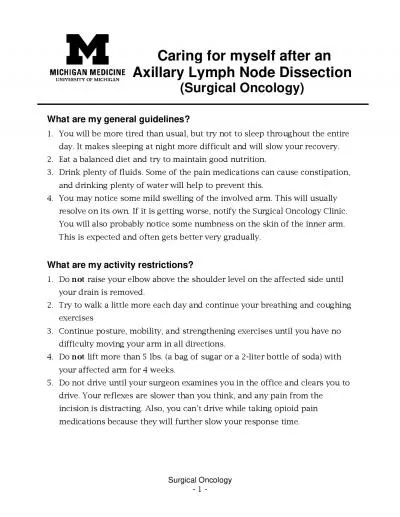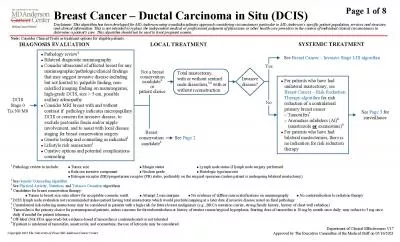PDF-Department of Surgical Oncology Suleyman Demirel University Faculty o
Author : sophie | Published Date : 2022-08-24
Ulus Travma Acil Cerrahi Derg January 2016 Vol 22 No 1 Address for correspondenceOktay Karaköse MDSüleyman Demirel Üniversitesi T28p Fakültesi Cerrahi Onkoloji
Presentation Embed Code
Download Presentation
Download Presentation The PPT/PDF document "Department of Surgical Oncology Suleyman..." is the property of its rightful owner. Permission is granted to download and print the materials on this website for personal, non-commercial use only, and to display it on your personal computer provided you do not modify the materials and that you retain all copyright notices contained in the materials. By downloading content from our website, you accept the terms of this agreement.
Department of Surgical Oncology Suleyman Demirel University Faculty o: Transcript
Download Rules Of Document
"Department of Surgical Oncology Suleyman Demirel University Faculty o"The content belongs to its owner. You may download and print it for personal use, without modification, and keep all copyright notices. By downloading, you agree to these terms.
Related Documents

